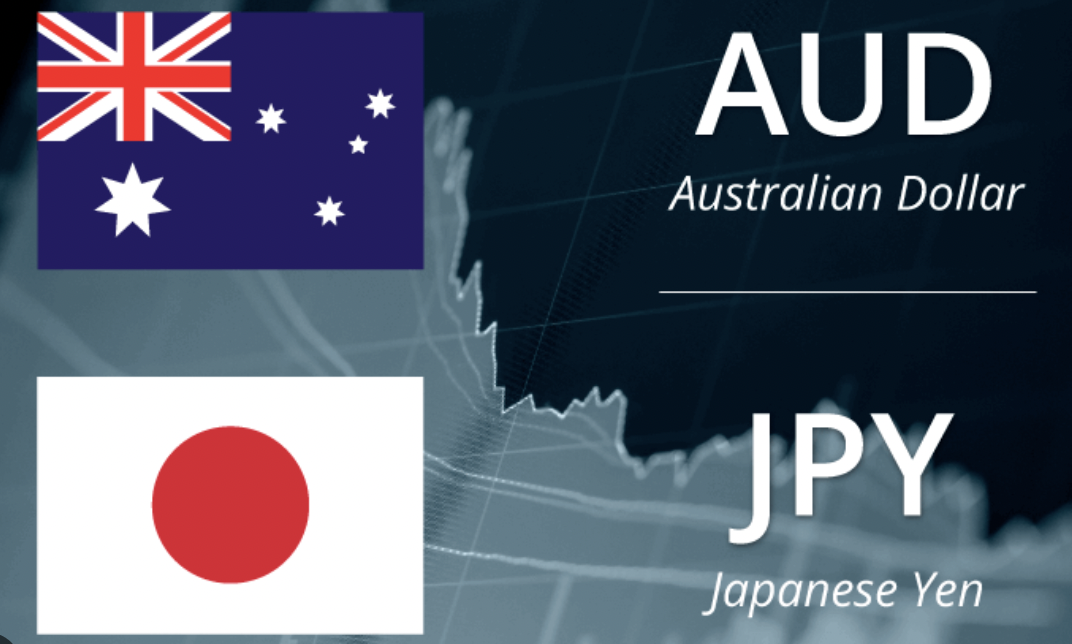
Alina Haynes
Nov 17, 2022 11:51

In Asia, the USDCAD pair's volatility has decreased to a range of 1.3314-1.3345 following a vertical rebound from a key support level near 1.3230. As a result of the severe pressure on oil prices, the asset is lingering near its weekly peak and seeking to add to its gains. Contrary to USDCAD bullish wagers, market optimism is regaining traction.
The S&P500 futures are recovering from Wednesday's losses. As Target Corporation (NYSE:TGT) issued a gloomy forecast for consumer spending, the S&P 500 index dropped. Following a minor recovery from 106.20, the performance of the US dollar index (DXY) is underwhelming. As clouds of uncertainty have cleared, the Russia-Poland-led upswing in the DXY could reach its conclusion.
In the interim, 10-year US Treasury rates have rebounded somewhat to roughly 3.71 percent, having dipping below 3.7% earlier. As the possibility of a fifth straight rate hike by the Federal Reserve (Fed) of 75 basis points (bps) is extremely low, the downturn appears less certain. According to CME FedWatch, there is a 17% chance of a 75 basis point rate hike.
The words of Esther George, president of the Federal Reserve Bank of Kansas City, have strengthened the case for a recession to temper inflationary pressures. A Fed official stated in an interview with the Wall Street Journal that it may be impossible to cut inflation without sparking a recession. In addition, he proposed for a decrease in the rate of rate increases commencing in CY2022.
In terms of the Canadian dollar, lower oil prices have led to currency volatility. As the number of sick patients continues to soar, China's relaxing of Covid-19 restrictions has failed to improve oil prices. In addition, clarity on the Russia-Poland disagreement has reduced the probability that the trading bloc will impose swift sanctions on Russia.

Nov 17, 2022 11:45

Nov 18, 2022 15:12